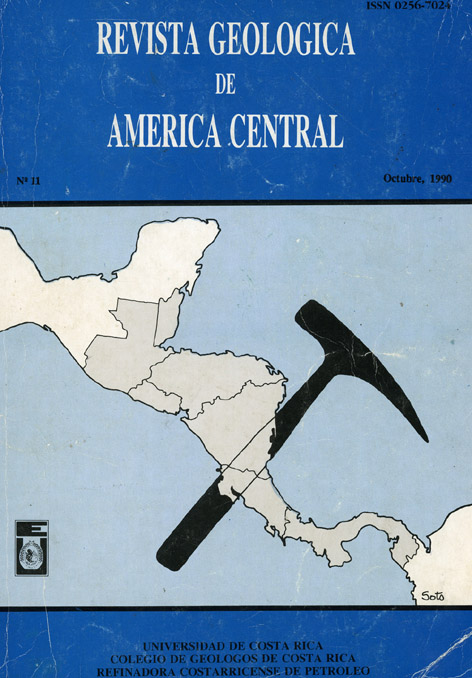Abstract
Seismological, vulcanological, geomorphological and structural data and criterion are used (...) to define stress trayectories and the neotectonic deformation that occur in the morphotectonic units of Costa Rica.
The neotectonic deformation data show that the trench-forearc-arc-backarc region has been subjected to maximum horizontal compressive stresses (ECHM) that correspond to the maximum principal stress. These stresses trend N30°E between the Middle American Trench and the forearc area. The predominant faulting is thrust or reverse faulting. In the arc, the predominant orientation of is NO°E, and the principal faulting is strike-slip. In the backarc area also trends NO°E. The 20°-30° counterclock-wisy ECHM rotation between the interplate margin and the internal arc is aparent and is explained by oblique convergence between the Cocos-Caribbeean plates.






